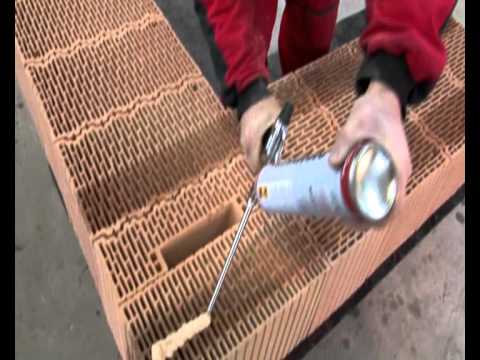Contents
General
In 2010, there were a great many mortar failures on roofs. The trend since has been to do away with mortar where possible, and dry fix has become increasingly common. Dry fix systems are designed to fix a variety of components to the roof without the use of mortar.
Dry fix is more expensive than its mortar equivalent, although many believe it can be cost neutral because it can be fixed in any weather conditions and, if installed correctly, is likely to need less maintenance over the life of the roof.
Aesthetically, some systems may not be to everyone’s taste, but the systems are very simple to fix and, provided that they are installed to the manufacturer’s instructions, there is the added benefit that they will normally come with at least a ten-year warranty.
In most cases the manufacturer of the roof tiles will offer a system specifically designed to go with it; alternatively there is an increasing number of universal systems on the market.
Dry Ridge
There are three main types of dry ridge system currently available. One uses a continuous plastic rail, which also acts as the top batten, one uses shorter plastic rails that clip together and sit on top of the tiles or slates, and one uses an adhesive-backed, flexible roll (rapid type). All the systems use brackets known as ‘unions’, which sit in the joints between the ridge tiles. If you tell your supplier which type of tile or slate you are using and the total ridge length, he should be able to provide you with all the components you need, along with the fixing instructions and fixing kits.
Cloaked Verge
Cloaked verge tiles or slates are special fittings made to finish off the left- and the right-hand verge of the roof. These systems are relatively expensive, but they are considered by many to be aesthetically more pleasing than their plastic counterparts and are just about as quick and as simple to lay as normal tiles or slates. These are made only for certain products, so you will need to check their availability with your supplier or the manufacturer.
Interlocking Verge Units
These are individual plastic units that slide or snap together and tend to be mechanically fixed (that is, nailed) as well. They are normally designed for use with single-lap interlocking tiles. Depending on the tile being used, the verge units will be made by the same manufacturer or your merchant may be able to offer you a universal alternative.
Continuous Dry Verge ‘Rails’
These tend to be for thinner materials such as artificial or natural slates. Again, there is a variety of systems available, which can be made product-specific or universal. Generally, rails are nailed to the ends of the battens, with the edges of the slates tucked into a section which returns back towards the roof.
Dry Hips
Dry hip systems are similar to dry ridge systems; in fact, some, such as the rapid adhesive roll types, are sold as ridge/hip systems. But there is more work involved with hips than with dry ridge because the slates or tiles that come into the hip all need to be cut and fixed in place, and, if an adhesive roll is to be used, then the cut slates or tiles need to be cleaned and dried to remove any dust, water or debris or there will be a chance that they will not stick properly.
Some roofs ‘kick’ at the eaves; this means that the tiles or slates on the bottom course tilt up, either because the fascia board is too high or the roof has been intentionally built to shallow out the lower courses (known as a sprocket). Some rigid systems will struggle to cope if the roof kicks at the eaves, so this is something to consider when you are asking questions about which one to use.
Dry Valleys
There are now several dry-valley systems available for more or less the full range of slates and tiles. Most dry valleys have a central ridge running along their full length and come in different heights for different roof coverings. Unlike traditional open valleys, the slates or tiles are cut tight to the sides of the central ridge with no visible gaps. As with all dry fix, it is important to read the instructions carefully and to adhere to them to ensure that the details are correct and to comply with the requirements of the warranty.
Ventilation Products
Where required, it is important to ensure the right amount of ventilation is built into the roof in the right areas to avoid condensation issues. If you are unsure, it is important to seek advice from the manufacturer. There is a range of products available that can be used to introduce, high, low and intermediate ventilation into the roof.
